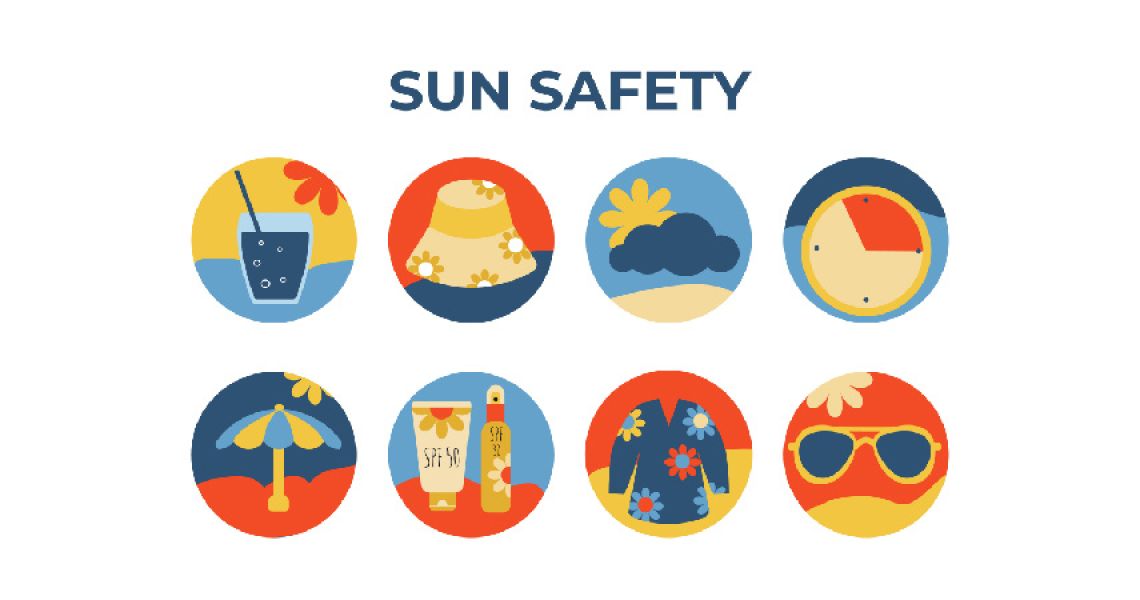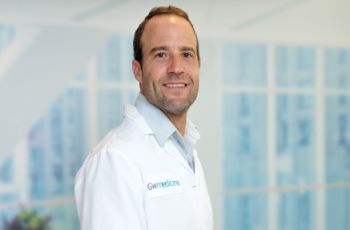As summer rolls in and the sun shines brighter, it’s tempting to spend more time outdoors. But before you head to the beach, the pool, or even your backyard, it’s important to remember that too much sun can be harmful — especially to your skin.

Why Sun Safety Matters
Skin cancer is the most common cancer in the United States. The leading cause? Ultraviolet (UV) radiation from the sun. Fortunately, most skin cancers are preventable with simple sun safety practices.
“Skin cancer doesn’t just happen overnight — it builds over time with repeated sun exposure,” says Dr. Vishal Patel, Director of Cutaneous Oncology at the GW Cancer Center. “Every sunburn, every tan, is a sign that your skin has been damaged. The good news is, we can prevent that damage with a few key habits.”
Top Tips to Stay Sun-Safe
- Wear Broad-Spectrum Sunscreen
Use a sunscreen with SPF 30 or higher that protects against both UVA and UVB rays. Apply it 15–30 minutes before going outside, and reapply every two hours — or more often if swimming or sweating. “Think of sunscreen like a daily habit—just like brushing your teeth,” says Dr. Patel. “Make it part of your routine, even on cloudy days.”
- Cover Up
Clothing is one of the best forms of protection. Wear long sleeves, wide-brimmed hats, and UV-blocking sunglasses when possible. “Look for clothing labeled with UPF — ultraviolet protection factor,” Dr. Patel adds. “These fabrics are specially designed to shield your skin from the sun.”
- Seek Shade
Avoid direct sun exposure during peak hours, usually between 10 a.m. and 4 p.m., when UV rays are strongest. “If your shadow is shorter than you, the sun is directly overhead — that’s a good sign to find some shade,” Dr. Patel advises.
- Avoid Tanning Beds
Indoor tanning exposes the skin to high levels of UV radiation and significantly increases your risk of melanoma. “There’s no such thing as a ‘safe tan’ from a tanning bed,” warns Dr. Patel. “It’s a major risk factor for skin cancer, especially among young people.”
- Do Regular Skin Checks
Examine your skin monthly for new or changing moles or spots. See a dermatologist for anything suspicious. “Early detection saves lives,” says Dr. Patel. “If something looks different or unusual, don’t wait — get it checked.”
Protect Now, Benefit Later
Sun safety isn’t just about avoiding burns—it’s about protecting your future health.
“People often think of sun protection as something you only need on vacation or at the beach,” Dr. Patel says. “But the truth is, UV damage happens in everyday moments — walking the dog, driving your car, even sitting by a window. Being mindful every day can make a huge difference.”
This summer, take the time to enjoy the sunshine safely. Your skin — and your future self — will thank you.




